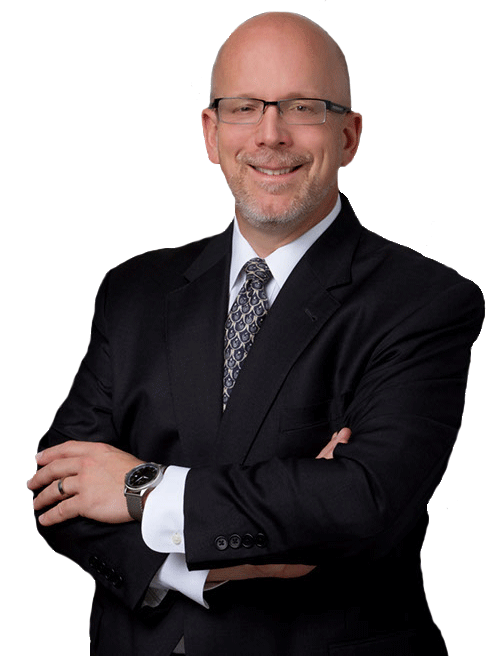Patent Drafting and Prosecution
A patent application consists of a written Specification, Drawings, Claims, and a very short Abstract summarizing the invention. Claims precisely define the metes and bounds–the extent of protection–for your claimed invention. As such, skilled claim writing is critical and every word is important. Fortunately, claims can be amended (changed, deleted, new claims added) during “prosecution” of your patent application–the back-and-forth legal argument between your patent attorney and an Examiner at the U.S. Patent and Trademark office who decides whether to allow your claims to issue as a patent.
Claim amendments, however, are strictly limited by law to the disclosures found in the written Specification and Drawings... neither of which can be substantively changed after the application has been filed.
Do you have kids? Think of the Specification as a bucket of Legos®. Each claim is something cool constructed by combining the individual blocks from the Specification bucket in various different and creative ways. When the Patent Examiner issues an Office Action rejecting some or all of the claims filed with the application, your attorney can amend the rejected claim(s) using claim elements, i.e., “blocks,” which can be removed, new blocks/elements added, and other rearrangements made, limited only by disclosures made in the Specification and Drawings. Perhaps by removing a warp-drive engine and adding a quantum spatial transporter, to the extent these “blocks” are available in your Specification “bucket,” the Examiner will allow patent claims for your (Lego®) Spaceship! Although playful, this metaphor illustrates the importance of a detailed, comprehensive, and well-thought-out Specification disclosing all foreseeable iterations of your claimed invention.
- Over his eight years of practicing patent law, Dr. Miller has drafted and prosecuted hundreds of patent applications.
- Working with clients in Boston, Arizona, Orange County, Silicon Valley, New York, and elsewhere throughout the U.S. and Europe, and via non-client industry contacts, he has evolved an extensive knowledge of many aspects of the large, complicated, competitive, and ever-evolving medical device art space.
- After nearly twenty years in clinical medicine, Dr. Miller understands the scope to which new innovations in the medical device and biotechnology spaces can be applicable.
- Such intimate knowledge of (1) the industry; (2) the technology space; and (3) relevance of an invention within the technology space given the larger commercial context enable Dr. Miller to draft the most robust disclosures in a patent application, and to claim your inventions in both broad and specific terms, depending on your market goals and extent of the prior art.

